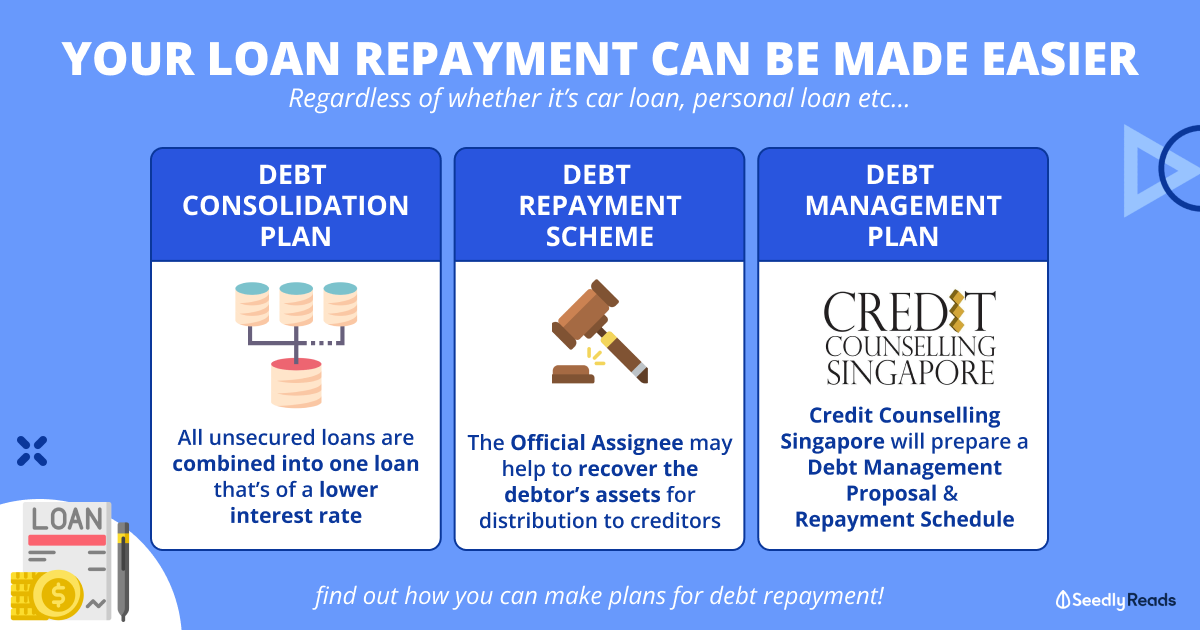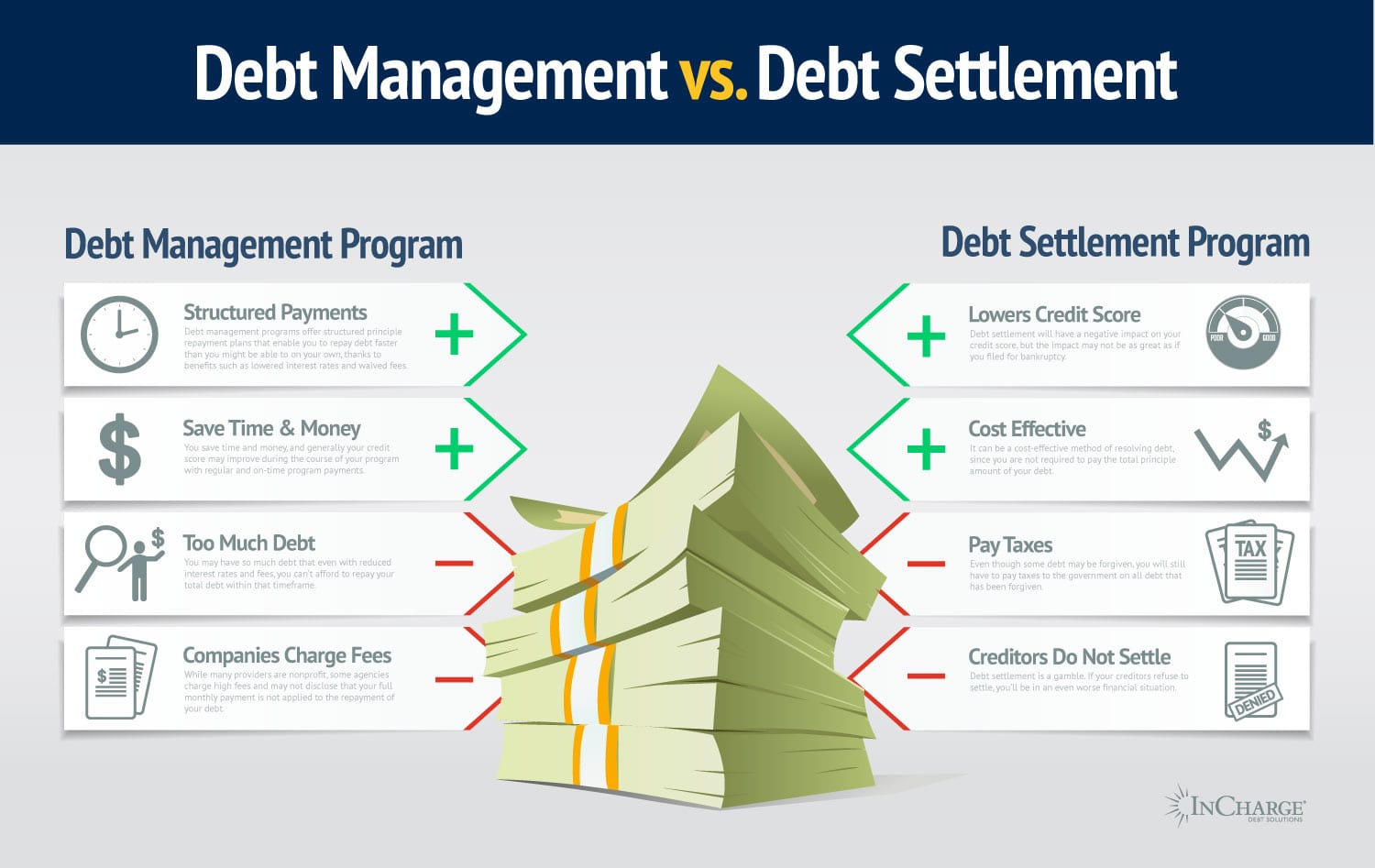Is Debt Combination Right for You? A Lot More Discussion Posted Here
Is Debt Combination Right for You? A Lot More Discussion Posted Here
Blog Article
Whatever You Required to Learn About Producing a Customized Financial Obligation Management Plan
In the world of individual financing, creating a tailored financial debt monitoring strategy is usually the cornerstone of achieving economic security and peace of mind. As you browse the complexities of producing a personalized debt administration strategy, recognizing the intricacies of each action is crucial to your economic success.
Examining Your Present Financial Debt Scenario
One must initially perform a detailed examination of their current financial obligation commitments prior to formulating an efficient financial debt management plan. Analyzing your current financial obligation circumstance is a crucial initial step in acquiring control of your funds. Begin by gathering all needed financial documents, such as charge card declarations, car loan arrangements, and any kind of exceptional bills. Develop a thorough checklist of each debt, consisting of the total quantity owed, rate of interest prices, minimal month-to-month payments, and due dates. This extensive overview will certainly provide a clear photo of your financial standing and assistance focus on which financial debts to address first.
After compiling this information, determine your complete debt-to-income proportion by dividing your regular monthly financial debt settlements by your monthly revenue. This ratio is an essential sign of your capability to manage present financial debt degrees successfully. Additionally, analyze your credit rating record to determine any kind of errors or disparities that may be influencing your credit rating. Recognizing these aspects of your economic situation will certainly direct you in developing a tailored financial obligation management plan customized to your specific requirements and objectives.
Setting Financial Goals and Targets

When establishing financial goals, it's important to be specific, measurable, achievable, relevant, and time-bound (WISE) For instance, you could establish an objective to settle a specific amount of debt within a certain amount of time, such as decreasing your bank card equilibrium by $5,000 in the next 12 months - More Discussion Posted Here. By establishing clear targets like this, you can track your progression and stay motivated to attain your financial obligation management goals
Additionally, take into consideration prioritizing your financial obligations based on factors such as passion prices, exceptional equilibriums, and settlement terms. By concentrating on high-interest financial obligations first, you can save money over time and accelerate your journey towards monetary freedom. Keep in mind, each person's financial situation is one-of-a-kind, so customize your targets and goals to fit your private demands and scenarios.
Producing a Realistic Budget Plan
Crafting a well-defined budget is an essential action in effective financial obligation monitoring and financial planning. A sensible spending plan acts as a roadmap for your economic health, helping you track your earnings, costs, and financial debt settlements. To create a useful budget plan, beginning by noting all your resources of revenue. This includes your income, side hustle incomes, or any other financial inflows. Next, brochure all your dealt with expenses such as lease or home mortgage, utilities, insurance policy, and car loan settlements. Variable costs like grocery stores, next page entertainment, and transportation must additionally be included. Set apart between wants and needs to focus on crucial expenses and identify locations where you can reduce.
On a regular basis review and readjust your spending plan as required to stay on track with your financial objectives and debt repayment strategy. By adhering to a realistic spending plan, you can efficiently handle your financial debt and work towards a much more protected financial future.
Exploring Financial Obligation Repayment Methods
After establishing a realistic spending plan, the next critical action in efficient financial debt management is to check out different financial debt repayment methods. One common method is the snowball approach, where you focus on paying off the smallest financial obligations initially while making minimal settlements on bigger financial debts. This approach can aid construct energy as you see smaller sized financial obligations being gotten rid of, giving inspiration to take on bigger ones.
An additional strategy is the avalanche method, which involves focusing on financial debts with the highest possible rate of interest. By targeting high-interest debts first, you can minimize the overall amount you pay in rate of interest gradually. This approach may be much more cost-efficient over time, even though it may take longer to see private financial obligations completely paid off.
Debt loan consolidation is an additional choice where you integrate multiple financial debts right into a single car loan with a lower passion price. This can simplify your repayment procedure and possibly minimize the overall rate of interest paid. Nevertheless, it's vital to thoroughly consider the costs and terms connected with consolidation to ensure it's the best option for your monetary situation.
Surveillance and Changing Your Strategy

Changing your plan might involve reapportioning funds to deal with high-interest financial debts first, discussing with financial institutions for lower rate of interest prices or better payment terms, or discovering extra revenue Extra resources resources to speed up financial obligation settlement. As your economic scenario develops, your financial debt monitoring plan must adjust as necessary to stay efficient. By remaining proactive and versatile in tracking and changing your plan, you can optimize your efforts towards repaying your financial debts successfully and attaining your economic goals.
Conclusion
Finally, creating a customized debt management strategy includes evaluating present debt, establishing economic objectives, producing a practical budget, exploring repayment strategies, and monitoring and readjusting the strategy as required. By adhering to these actions, people can take control of their economic scenario and work towards becoming debt-free. It is necessary to remain disciplined and devoted to the plan in order to achieve lasting financial security.
One should first carry out a complete assessment of their current financial obligation obligations prior to formulating a reliable financial obligation management strategy.After establishing a practical budget plan, the next vital step in efficient debt monitoring is to check out various financial debt payment strategies - More Discussion Posted Here.To properly manage your financial obligation, continual monitoring and change of your financial debt management plan are necessary components for long-lasting monetary security.Readjusting your plan may include reapportioning funds to tackle high-interest debts first, bargaining with creditors for reduced passion prices or better payment terms, or discovering additional income sources to quicken debt payment.In conclusion, creating a personalized financial debt administration strategy involves examining current financial debt, setting financial objectives, creating a realistic budget plan, discovering repayment methods, and surveillance and changing the plan as required
Report this page